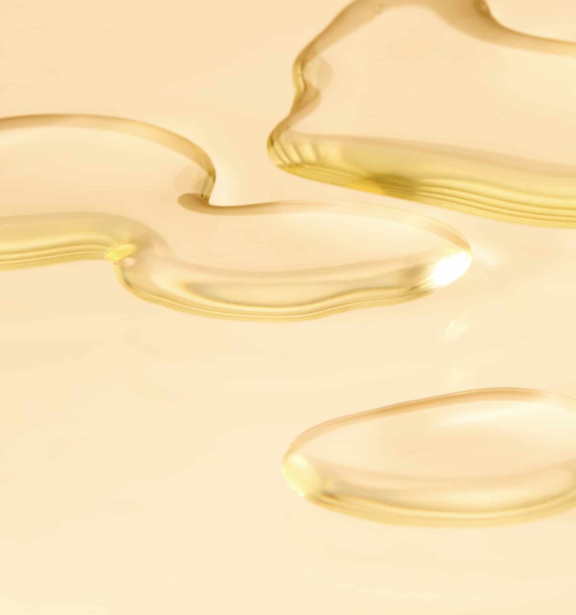By now, you’ve likely heard about certain compounds in cannabis and hemp plants that interact with the body to provide a range of potential benefits. Most people have heard of cannabidiol (CBD) and tetrahydrocannabinol (THC), as these are two of the most popular cannabinoids, but there’s so much more to cannabis and hemp plants than those two cannabinoids.
Cannabinoids, terpenes, and flavonoids are the three main categories of compounds found in cannabis. Here’s our quick guide to the most common ones.
A Guide to Cannabinoids, Terpenes, and Flavonoids
Full-spectrum CBD is commonly referred to as “whole-plant” CBD because it preserves and retains all compounds found in the hemp plant’s leaves, flowers, and stalks. This includes all cannabinoids, terpenes, and flavonoids. The combination of multiple cannabinoids, terpenes, and flavonoids is believed to enhance the sensations and effects of a given cannabinoid, such as CBD, compared to when a single cannabinoid is taken alone. This is known as the entourage effect.
Cannabinoids
Cannabinoids are compounds found in cannabis plants that, when ingested, interact with the body’s endocannabinoid system—a system of receptors that plays an important role in the regulation of processes and functions, including sleep, pain, mood, and memory. While there are more than 100 cannabinoids that can be found in cannabis, some of the most popular cannabinoids are THC, CBD, cannabichromene (CBC), cannabigerol (CBG), and cannabinol (CBN):
-
THC: THC is well known for producing intoxicating or psychoactive effects. THC’s high- inducing effects are produced through its action on the brain’s CB1 receptor. However, it also interacts weakly with CB2 receptors in the endocannabinoid system. Because of this, THC may relieve pain, stimulate appetite, promote restful sleep, and ease nausea and vomiting.
-
CBD: CBD is the second most common cannabinoid and is most popular for its potential to reduce everyday aches and pains, ease mild anxiety, and promote restful sleep. While CBD doesn’t bind well to CB1 receptors, it can weakly activate CB2 receptors in addition to interacting with other receptors like 5-HT1A, TRPV1, and PPARs.
-
CBC: CBC is the third most common cannabinoid. It exhibits many similar beneficial characteristics of THC and CBD. While CBC doesn’t bind well to CB1 and CB2, it can bind with TRPV1 and TRPA1 which are receptors linked to the perception of pain. Because of this, CBC may help reduce mild aches and pains.
-
CBG: CBG binds to both CB1 and CB2 receptors and is believed to strengthen the function of anandamide (the “bliss chemical”), a neurotransmitter that plays a key role in enhancing pleasure and mood and regulating sleep. Anandamide signaling is associated with a positive mood and a sense of calm.
-
CBN: While more research is needed, CBN is believed to bind to both CB1 and CB2 receptors and may help your body manage inflammation in addition to promoting restful sleep.

Terpenes
Terpenes are naturally-occurring compounds that are found in herbs, plants, spices, and even some animals. They provide the unique aromas, flavors, and sometimes colors associated with many plants. Some of the most common types of terpenes you’ll come across in full- and broad-spectrum CBD products include linalool, alpha-humulene, beta-caryophyllene, beta-myrcene, and alpha-bisabolol:
-
Linalool: Also found in lavender, mint, coriander, and cinnamon, linalool is a type of terpene that is largely responsible for the floral and slightly spicy aroma in cannabis. Linalool is known for its calming, mood-altering, and sedative effects on the body.
-
Alpha-Humulene: Alpha-humulene—known for its woody, earthy, and spicy aromatic notes—is found in cannabis, sage, clove, and black pepper. Like many other terpenes found in cannabis plants, it’s believed to help fight infection and reduce the normal inflammatory response, contributing to CBD’s potential to reduce everyday aches and pains.
-
Beta-Caryophyllene: In addition to cannabis plants, beta-caryophyllene can be found in cinnamon, black pepper, oregano, basil, and rosemary. Beta-caryophyllene is believed to be the only terpene that directly interacts with the endocannabinoid system. It can bind to endocannabinoid type II (CB2) receptors and contribute to reducing everyday aches and pains.
-
Beta-Myrcene: Beta-myrcene is the most abundant terpene in cannabis and hemp plants. Beyond cannabis, beta-myrcene is found in mangos, lemongrass, and hops and is responsible for the earthy, spicy, and slightly sweet flavor profile. Like many other terpenes, beta-myrcene may reduce inflammation and help combat mild aches and pains.
-
Alpha-Bisabolol: Also referred to as levomenol, alpha-bisabolol is found in cannabis plants as well as chamomile flowers. It’s known for its pleasant floral aroma and flavor in addition to its potential to fight infection and reduce inflammation.
Flavonoids
Similar to terpenes, flavonoids are not unique to cannabis, but they do play a role in the aroma and taste of different batches or strains of CBD oil. Because hemp and cannabis are agricultural products, there’s likely to be variability in smell and taste from batch to batch.
Flavonoids are found in many fruits and vegetables and are responsible for their bright pigments (e.g., blueberries and raspberries). They serve their unique purpose in nature, protecting plants and attracting pollinators, but are also believed to work synergistically with cannabinoids and terpenes in addition to their anti-inflammatory and antioxidant properties.
Over 6,000 flavonoids have been discovered so far and can be broken down into 12 subclasses, six of which are of dietary significance:
-
Anthocyanidins
-
Flavan-3-ols
-
Flavonols
-
Flavones
-
Flavanones
-
Isoflavones
Feals: Premium Full-Spectrum CBD Products
At Feals, we’re dedicated to providing you with a better way to feel better. Our full-spectrum CBD oil and CBD mints are made with only the purest ingredients and are designed to help you find balance and feel at your best.
If you still have questions about cannabinoids, terpenes, and flavonoids—or just need a bit of guidance on your wellness journey—our customer service team would love to help. Just give them a call.
To learn more about cannabinoids, terpenes, and flavonoids or about what Feals can do for you, call our CBD hotline at 844-311-9090 or check out our products today.
These statements have not been evaluated by the Food and Drug Administration. This product is not intended to diagnose, treat, cure, or prevent any disease. This article is for informational purposes only. It is not, nor is it intended to be, a substitute for professional medical advice, diagnosis, or treatment and should never be relied upon for specific medical advice.

